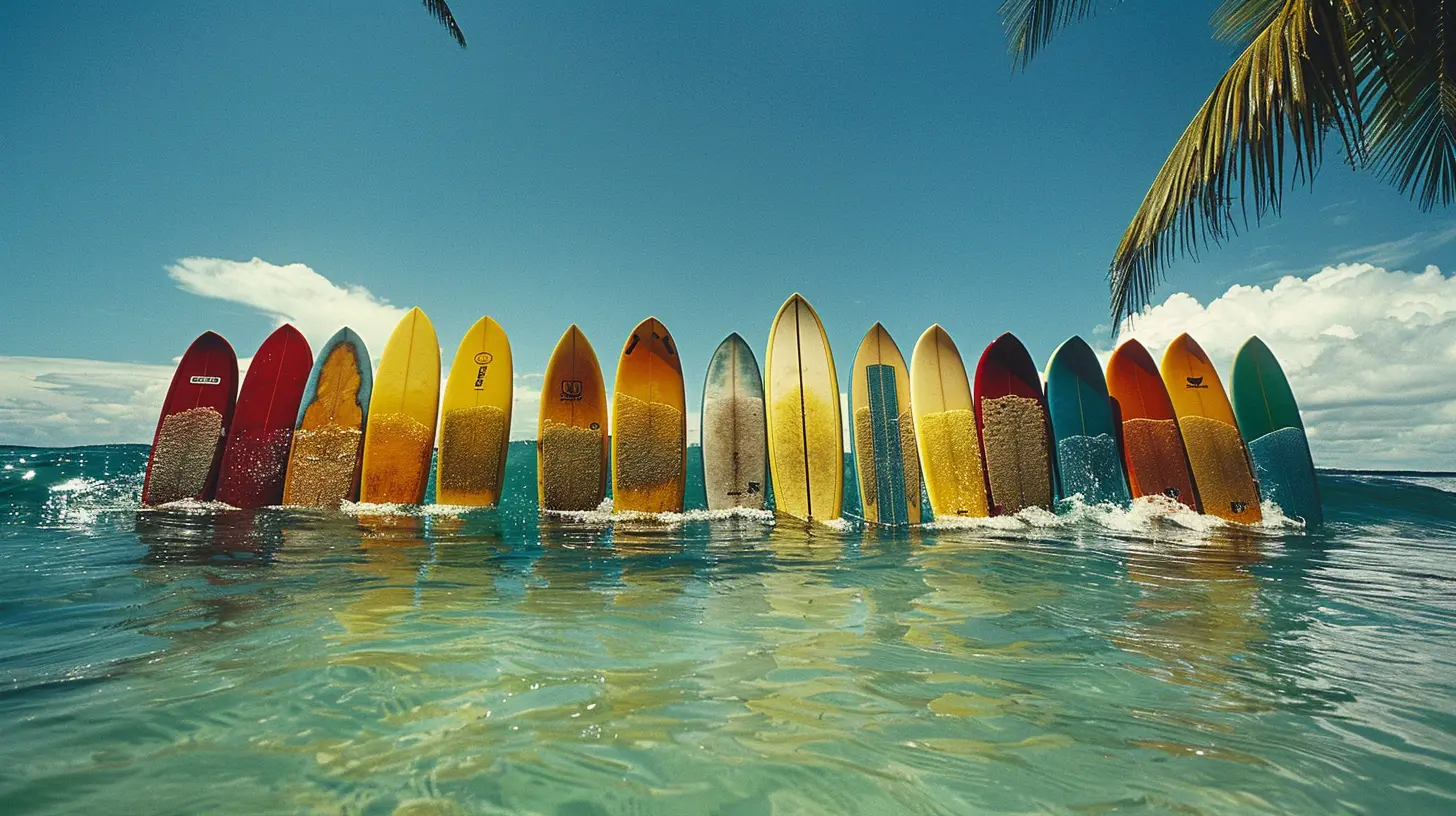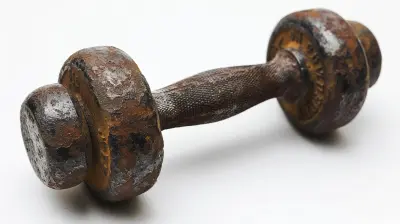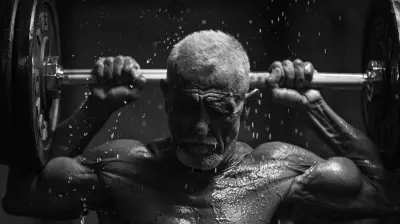12 April 2025
Surfing has been around for centuries, and over time, the boards we ride have undergone incredible transformations. From ancient wooden planks to high-tech, lightweight materials, surfboard design and technology continue to push the limits of performance and innovation.
But how did we get here? What sparked this evolution? And most importantly, how has each advancement changed the way we ride the waves? Let's dive into the fascinating journey of surfboard evolution. 
The Early Days: Surfboards of the Past
Ancient Origins
Surfing traces its roots back over a thousand years to Polynesia, particularly Hawaii, where riding waves wasn’t just a pastime—it was a way of life. Ancient Hawaiians crafted their boards from solid wood, using trees like koa and wiliwili. These boards were heavy—sometimes over 100 pounds—and often reached lengths of 15 feet or more.Challenges of Early Boards
Imagine trying to maneuver a massive wooden plank in the waves. It wasn’t easy. These early boards lacked fins, meaning surfers had little control beyond shifting their body weight. While they were impressive in their own right, they were far from the nimble, high-performance boards of today.
The Birth of Modern Surfboard Design
The Hollow Board Revolution (1920s-1930s)
Fast forward to the early 20th century, and the surfboard scene began to shift. Enter Tom Blake—a key figure in surfboard innovation. In the late 1920s, he introduced hollow surfboards, which were much lighter than their solid wood predecessors. By drilling holes into wooden boards and covering them with plywood, Blake significantly reduced the weight, making surfing more accessible and enjoyable.Balsa Wood and the Rise of Lightweight Boards (1930s-1940s)
While hollow boards were a step forward, they were still cumbersome. Then came balsa wood—a game-changer. In the 1940s, surfers started using balsa to craft surfboards, cutting the weight nearly in half. These boards were far easier to handle, leading to a boom in the sport’s popularity.
The Fiberglass Revolution (1950s-1960s)
The 1950s brought one of the most significant turning points in surfboard history: fiberglass and polyurethane foam. Traditional wood boards were still widely used, but they had limitations. Enter shapers like Hobie Alter, who pioneered the use of polyurethane foam cores covered with fiberglass.Why Was This a Big Deal?
- Lighter and More Buoyant – Fiberglass boards were incredibly lightweight while maintaining strong durability.- More Maneuverable – Surfers could now take sharper turns and perform more dynamic moves.
- Mass Production Became Possible – Before this innovation, every surfboard was handcrafted from wood. Foam and fiberglass allowed for mass production, making surfing more accessible to the masses.
This shift set the stage for modern surfing, giving rise to a new era of progression and creativity in wave riding. 
The Shortboard Revolution (1960s-1970s)
Breaking the Norm
Up until the late 1950s, most surfboards were still fairly long—often exceeding nine feet. But then, something radical happened: the shortboard revolution.Surfers began cutting their boards down, sometimes by nearly half. Why? Because shorter boards offered:
- More Control – Surfers could carve up waves with precision.
- Better Maneuverability – Tricks and aerials became possible.
- Faster Turns – Speed and flexibility turned surfing into more of a high-performance sport.
This era saw the birth of radical surfing styles, with icons like Gerry Lopez and Wayne Lynch pushing the limits of what was possible on a wave.
The Addition of Fins: More Control, More Fun
Early surfboards were entirely finless, meaning turns were slow and wide. Imagine trying to turn a canoe without a paddle—it was challenging!Then, in the 1930s, Tom Blake once again changed the game by adding a fin to his board. This small yet revolutionary tweak instantly made surfboards more stable and easier to maneuver. Over time, surfboard fins evolved drastically:
- Single Fin (1950s-1960s) – Provided better stability and control.
- Twin Fin (1970s) – Increased speed and maneuverability.
- Thruster (1980s-Present) – The iconic three-fin setup, perfected by Simon Anderson, gave surfers the best of both worlds: speed, stability, and control.
Today, fin setups continue to evolve, with quad and five-fin configurations offering different benefits depending on wave conditions and surf styles.
High-Tech Advancements in Surfboard Design (1990s-Present)
Epoxy and Carbon Fiber Boards
As materials science advanced, surfboard construction saw another revolution. Traditional polyurethane boards were dominant for decades, but epoxy boards with expanded polystyrene (EPS) cores began gaining popularity. Why?- Lighter and Stronger – They last longer and are more resistant to dings.
- More Buoyant – Great for smaller waves or beginners.
- Eco-Friendlier Options – Some manufacturers are now using recycled and bio-based resins to reduce environmental impact.
In addition to epoxy, carbon fiber reinforcements have been incorporated into surfboards, enhancing durability and responsiveness.
3D Printing and Smart Surfboards
We’re now entering an era where technology meets surfing in ways beyond just materials.- 3D-Printed Surfboards – Custom-designed for precision and optimized performance.
- Smart Surfboards – Equipped with sensors to track wave data, speed, and surfer performance.
While these high-tech innovations are still in their early stages, they hint at an exciting future where surfboards could be customized to each surfer’s specific style and needs.
What’s Next? The Future of Surfboard Innovation
Surfboard technology isn’t slowing down. With advancements in AI, sustainable materials, and aerodynamics, the next generation of boards could be lighter, stronger, and even more tailored to individual surfers.Sustainability is also at the forefront. Many shapers and companies are now prioritizing environmentally friendly materials, such as algae-based resins and recycled composites, ensuring that future surfers can enjoy the ocean without harming it.
Imagine a world where your surfboard adapts to the waves in real-time or offers instant performance feedback—technology is making that vision more possible than ever.
Final Thoughts
Surfboard evolution is a testament to human creativity and innovation. From ancient wooden planks to lightweight, high-tech marvels, every step in this journey has been about making surfing more enjoyable, accessible, and high-performance.Whether you’re riding a classic longboard, a sleek shortboard, or even a futuristic carbon fiber model, you’re part of a legacy that spans centuries. And with new breakthroughs on the horizon, the future of surfing looks brighter than ever.
So next time you paddle out, take a moment to appreciate the incredible engineering beneath your feet—because your board carries centuries of progression, passion, and the relentless pursuit of the perfect ride.






Mia Reyes
Surfboard design has come a long way, from bulky wooden boards to sleek, high-tech ones. Innovations like lighter materials and improved hydrodynamics not only enhance performance but also cater to diverse surfing styles. It’s fascinating to see how technology continues to shape the surfing experience for enthusiasts worldwide.
April 17, 2025 at 2:47 AM